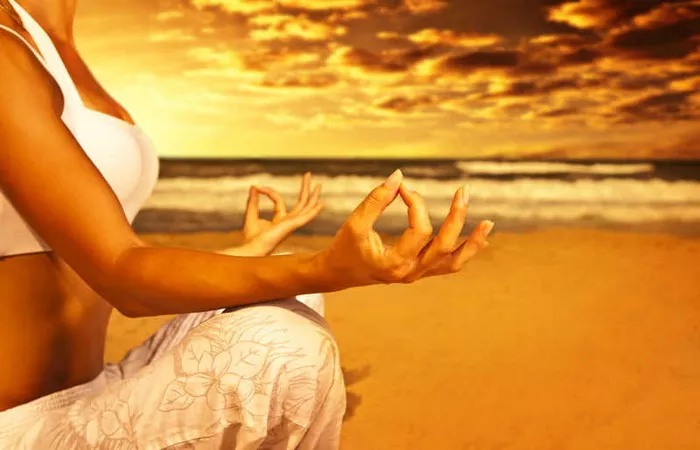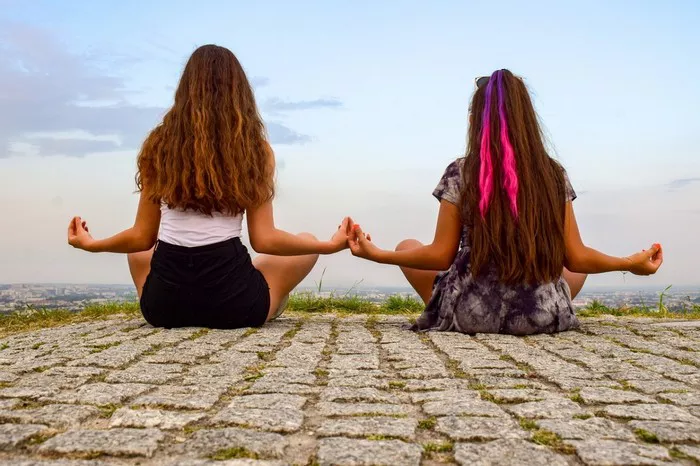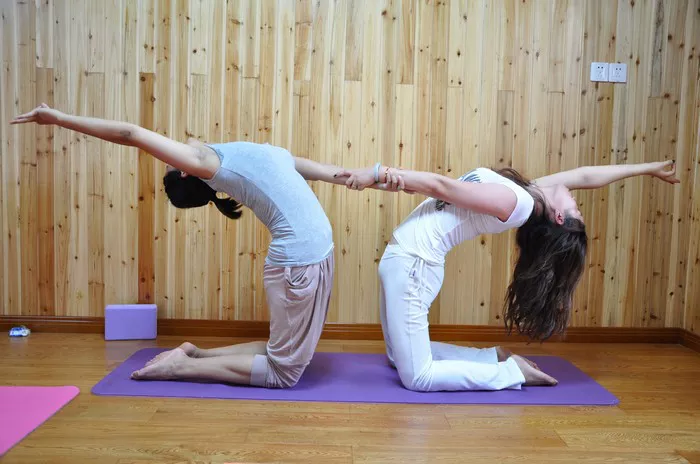In the bustling cacophony of modern life, finding moments of tranquility can feel like a distant dream. Amidst deadlines, responsibilities, and constant distractions, the quest for inner peace becomes increasingly elusive. However, amidst the chaos, there exists a profound practice that offers a path to serenity: Raja Yoga Meditation.
What is Raja Yoga Meditation?
Raja Yoga, also known as the “Royal Path,” is an ancient form of meditation that originated in India thousands of years ago. Rooted in the teachings of the Yoga Sutras of Patanjali, Raja Yoga is a comprehensive system that encompasses various techniques and principles aimed at achieving self-realization and inner peace.
At its core, Raja Yoga Meditation is a practice that focuses on harnessing and mastering the mind. Unlike other forms of meditation that primarily involve relaxation or concentration, Raja Yoga delves deeper into the workings of the mind, aiming to transcend its fluctuations and attain a state of higher consciousness.
The Eight Limbs of Raja Yoga
Central to Raja Yoga are the Eight Limbs, as outlined by Patanjali in the Yoga Sutras. These limbs serve as a systematic guide for spiritual growth and self-realization:
1. Yama (Ethical Restraints): Yama encompasses moral principles and ethical restraints that govern one’s behavior towards oneself and others. It includes practices such as non-violence (ahimsa), truthfulness (satya), non-stealing (asteya), moderation (brahmacharya), and non-possessiveness (aparigraha).
2. Niyama (Ethical Observances): Niyama involves personal observances and disciplines that cultivate self-discipline and inner purity. It includes practices such as cleanliness (shaucha), contentment (santosha), austerity (tapas), self-study (svadhyaya), and devotion to the Divine (ishvara pranidhana).
3. Asana (Physical Postures): Asana refers to the practice of physical postures aimed at promoting physical health, flexibility, and stability. While often associated with yoga as exercise in the West, in Raja Yoga, the purpose of asana is to prepare the body for meditation by promoting comfort and steadiness.
4. Pranayama (Breath Control): Pranayama involves various breathing techniques aimed at regulating the flow of prana (life force energy) in the body. Through conscious control of the breath, practitioners learn to calm the mind, increase vitality, and deepen their meditation practice.
5. Pratyahara (Sense Withdrawal): Pratyahara is the practice of withdrawing the senses from external stimuli and turning one’s attention inward. By cultivating inner awareness and detachment from sensory distractions, practitioners prepare the mind for deeper states of meditation.
6. Dharana (Concentration): Dharana involves the practice of concentration, focusing the mind on a single point or object of meditation. Through sustained focus, practitioners develop mental stability and overcome the scattered nature of the mind.
7. Dhyana (Meditation): Dhyana is the uninterrupted flow of awareness towards the object of meditation. Unlike concentration, which involves effortful focus, dhyana is a state of effortless absorption where the meditator becomes one with the object of meditation.
8. Samadhi (Union): Samadhi is the ultimate goal of Raja Yoga, representing a state of profound meditation where the meditator transcends the limitations of the ego and experiences unity with the divine. It is a state of pure consciousness and bliss, free from the fluctuations of the mind.
The Practice of Raja Yoga Meditation
The practice of Raja Yoga Meditation typically begins with the cultivation of ethical principles through the practice of yama and niyama. By living a life of integrity, honesty, and self-discipline, practitioners create a conducive environment for spiritual growth and self-realization.
Asana and pranayama play a crucial role in preparing the body and mind for meditation. Through the practice of physical postures and breath control techniques, practitioners release tension, increase vitality, and cultivate inner balance, making it easier to sit for extended periods in meditation.
Pratyahara, dharana, and dhyana form the heart of Raja Yoga Meditation, guiding practitioners through the process of sense withdrawal, concentration, and meditation. By withdrawing the senses from external distractions, focusing the mind on a single point, and cultivating a state of effortless awareness, practitioners gradually deepen their meditation practice and experience inner stillness and clarity.
Samadhi represents the culmination of the Raja Yoga journey, where the practitioner transcends the limitations of the individual self and experiences union with the universal consciousness. While samadhi is often described as a rare and elusive state, regular practice of Raja Yoga Meditation lays the groundwork for its attainment, offering glimpses of profound peace and spiritual realization along the way.
Benefits of Raja Yoga Meditation
The benefits of Raja Yoga Meditation are multifaceted and extend beyond mere relaxation or stress relief. Here are some of the key benefits:
1. Stress Reduction: Raja Yoga Meditation helps alleviate stress by promoting relaxation, calming the mind, and fostering a sense of inner peace and equanimity.
2. Improved Concentration and Mental Clarity: Through the practice of concentration and meditation, Raja Yoga enhances mental focus, clarity, and cognitive function, enabling practitioners to work more efficiently and effectively.
3. Emotional Balance: Raja Yoga Meditation cultivates emotional resilience and stability, allowing practitioners to navigate life’s challenges with greater equanimity and perspective.
4. Enhanced Self-Awareness and Self-Discovery: By turning inward and exploring the depths of the mind, Raja Yoga Meditation facilitates self-awareness, self-discovery, and personal growth, leading to greater self-realization and fulfillment.
5. Spiritual Growth and Transformation: Ultimately, Raja Yoga Meditation is a path of spiritual growth and transformation, leading practitioners towards the realization of their true nature and the ultimate goal of yoga – union with the divine.
Conclusion
In a world filled with distractions and demands, Raja Yoga Meditation offers a profound oasis of inner peace and self-discovery. Rooted in ancient wisdom and timeless principles, this royal path guides practitioners towards the realization of their highest potential and the attainment of ultimate bliss. Through the systematic practice of ethical principles, physical postures, breath control, and meditation techniques, individuals can unlock the door to inner serenity, spiritual growth, and transcendence. As the journey unfolds, may each step bring us closer to the realization of our true essence and the boundless peace that resides within.





















